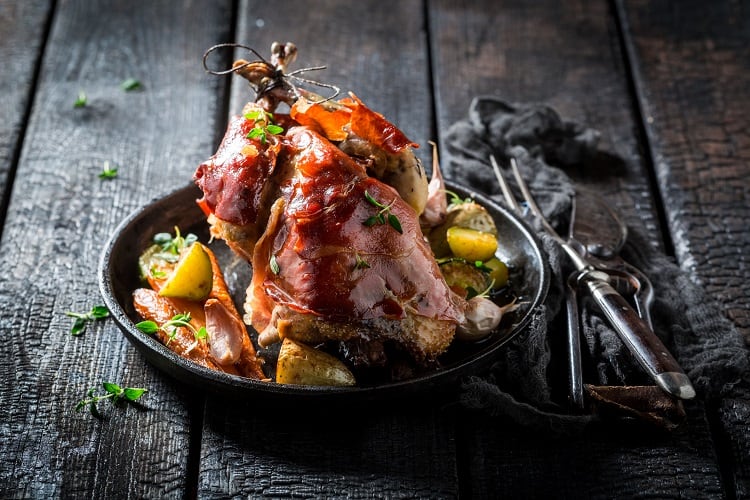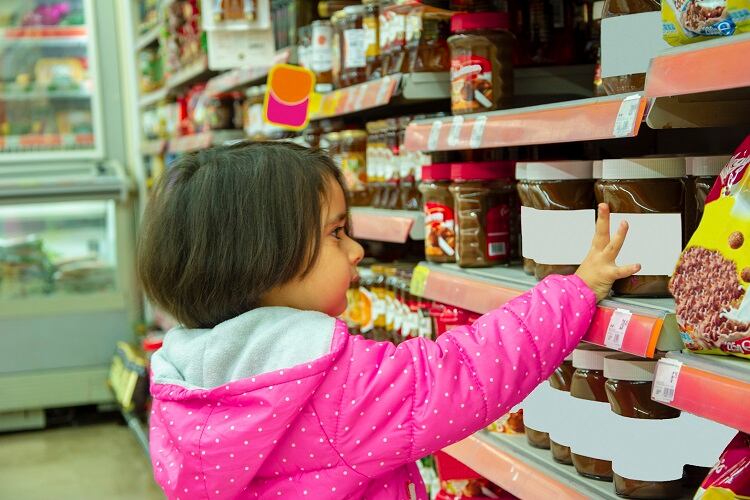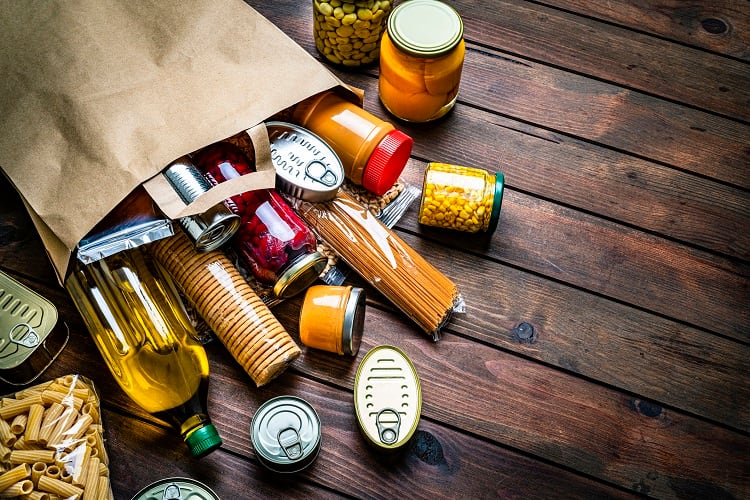Wild game is widely consumed across Europe. In the EU and UK combined, it has been estimated that around five million people consume an average of at least one meal of game meat per week throughout the year.
In the UK, consumers are thought to eat around 11m tonnes of meat derived from wild-shot gamebirds. Much of this comes from the common pheasant, the vast majority of which are killed using shotgun ammunition made from lead.
It had previously been assumed that all almost all metallic lead embedded in the carcass of a game animal shot using lead ammunition was in ‘intact projectiles’. However, new research published in PLOS One suggests pheasant carcasses killed in this way contain embedded small metal fragments in addition to shotgun pellets.
“While lead gunshot continues to be used for hunting, people who eat pheasants and other similar gamebirds are very likely to be also be consuming a lot of tiny lead fragments,” said Professor Rhys Green from the University of Cambridge’s Department of Zoology, and first author of the study.
Lead exposure associated with negative health effects
Chronic exposure to even low levels of lead is associated with negative health effects, with some effects occurring in individuals with even low-level exposure to the toxic metal. Those particularly vulnerable to the effects of lead include young children and pregnant women.
In adults, lead exposure can increase risk of cardiovascular disease and kidney damage. In young children, it is known to lower IQ, and in unborn babies it can affect neurological development.
To investigate the presence of lead in shotgun-killed birds, the researchers studied the carcasses of dead birds purchased from food retailers and pheasants legally killed by hunters in the UK.
Using imaging software, the researchers were able to visualise ‘virtual slices’ through the birds to identify shotgun pellets, metal fragments and spheres embedded in the tissue. Having completed the scanning, the researchers recovered the shotgun pellets and some of the larger metal fragments.
“It seems to have been widely assumed in the past that a lead shot embedded in a pheasant carcass remains intact and could be removed cleanly before the pheasant was eaten – removing any health risk,” said Prof Green.
“Our study has shown the extent to which this is really not the case. By eating pheasant, people are also unwittingly eating led, which is toxic.”
‘Tiny’ lead fragments ‘widely’ distributed
All of the pheasant carcasses in the study contained embedded small metal fragments, in addition to shotgun pellets. According to the researchers, most contained a ‘considerable’ number of them.
And it may be that not all were detected. “Given that many fragments recorded were close to this limit of resolution (86% of small fragments were <0.3mm) it seems reasonable to suppose that smaller fragments than this were also present which we did not detect,” noted the study authors.
The researchers believe that ‘some’ lead could be removed during food preparation, but not all.
“It’s rare for people eating game meat to accidentally eat a whole lead shot, because they’re cautious about damaging their teeth and know to check for lead shotgun pellets in the meat. But the lead fragments we found in pheasant carcasses were so tiny and widely distributed that it’s unlikely they would be detected and removed,” said Prof Green.
Indeed, ‘many’ fragments were too distant from the nearest shotgun pellet for it to be practical to detect and remove them without discarding an ‘unrealistically’ large proportion of otherwise useable meat, noted the researchers.
“Our results indicate that consumers of pheasants and other similar gamebirds are likely to remain exposed to elevated levels of dietary lead in the form of small fragments of metallic lead while lead gunshot continues to be used for hunting, even if more careful food preparation is practices to remove embedded shotgun pellets an the most damaged tissue.”
The UK Health & Safety Executive is preparing a case for banning the use of lead ammunition for hunting in the UK, as is the European Chemicals Agency.
Source: PLOS One
‘Implications for food safety of the size and location of fragments of lead shotgun pellets embedded in hunted carcasses of small game’
Published 22 August 2022
DOI: https://doi.org/10.1371/journal.pone.0268089
Authors: Rhys Green, Mark Taggart, Deborah Pain, Keturah Smithson




